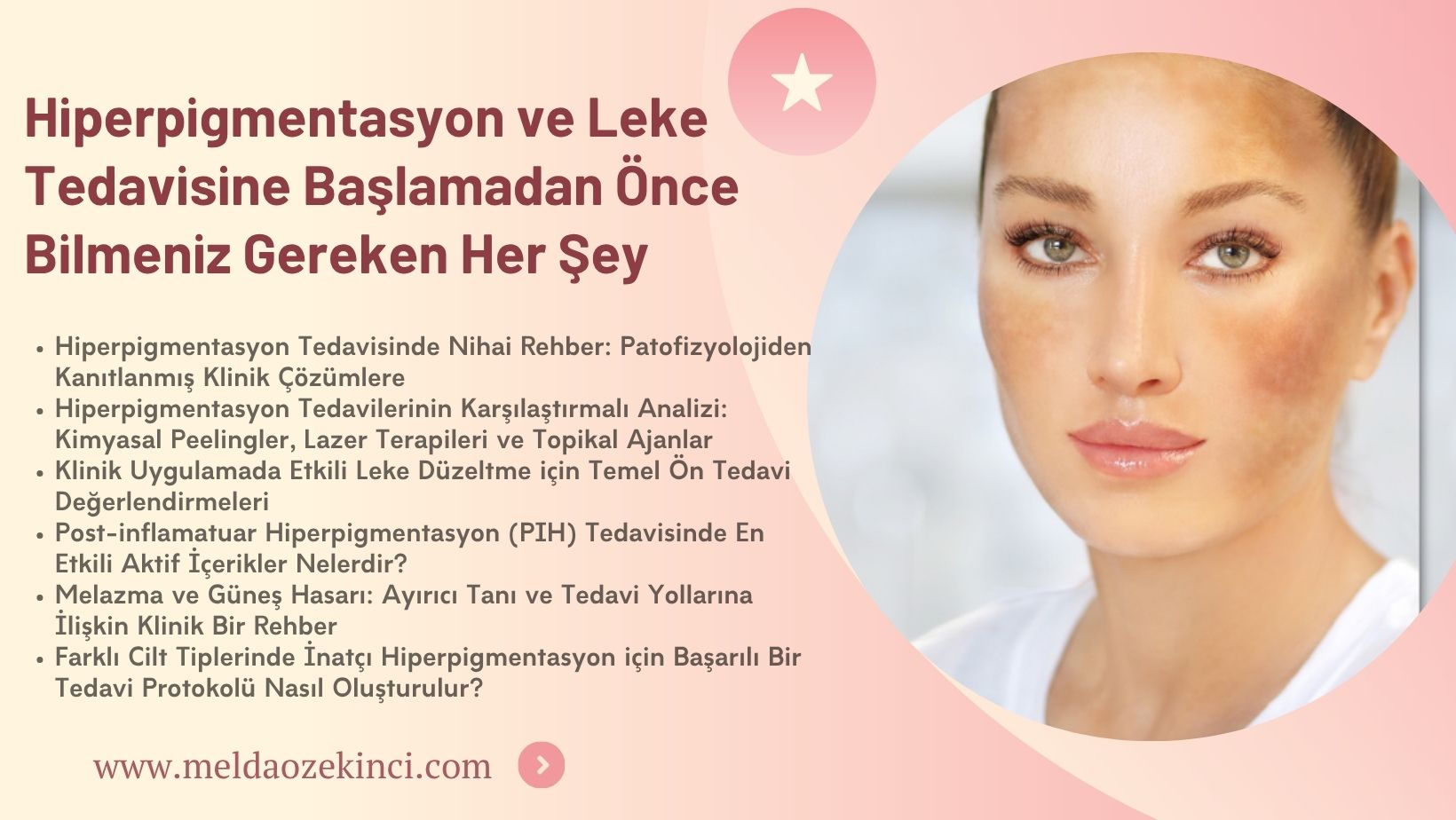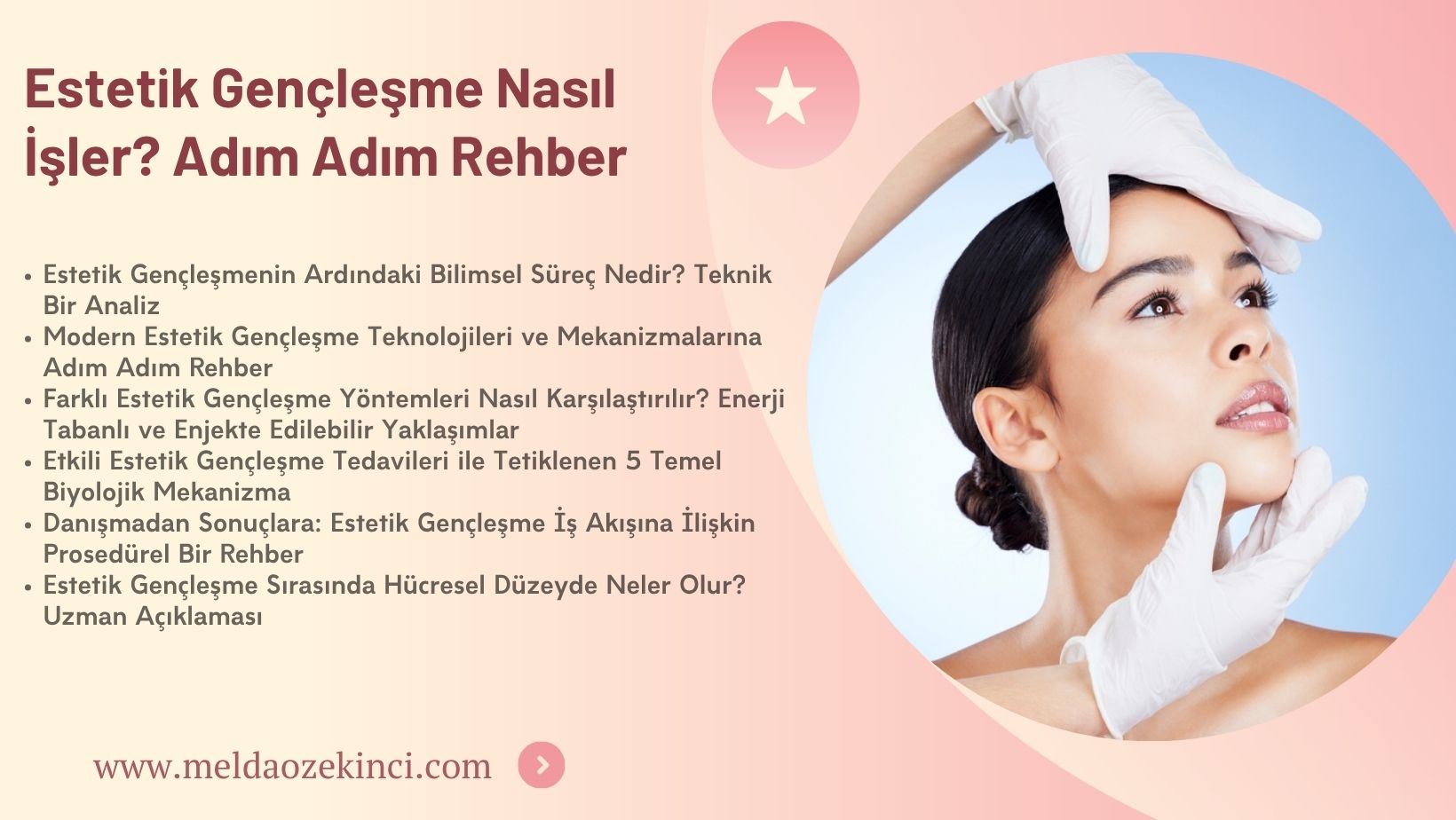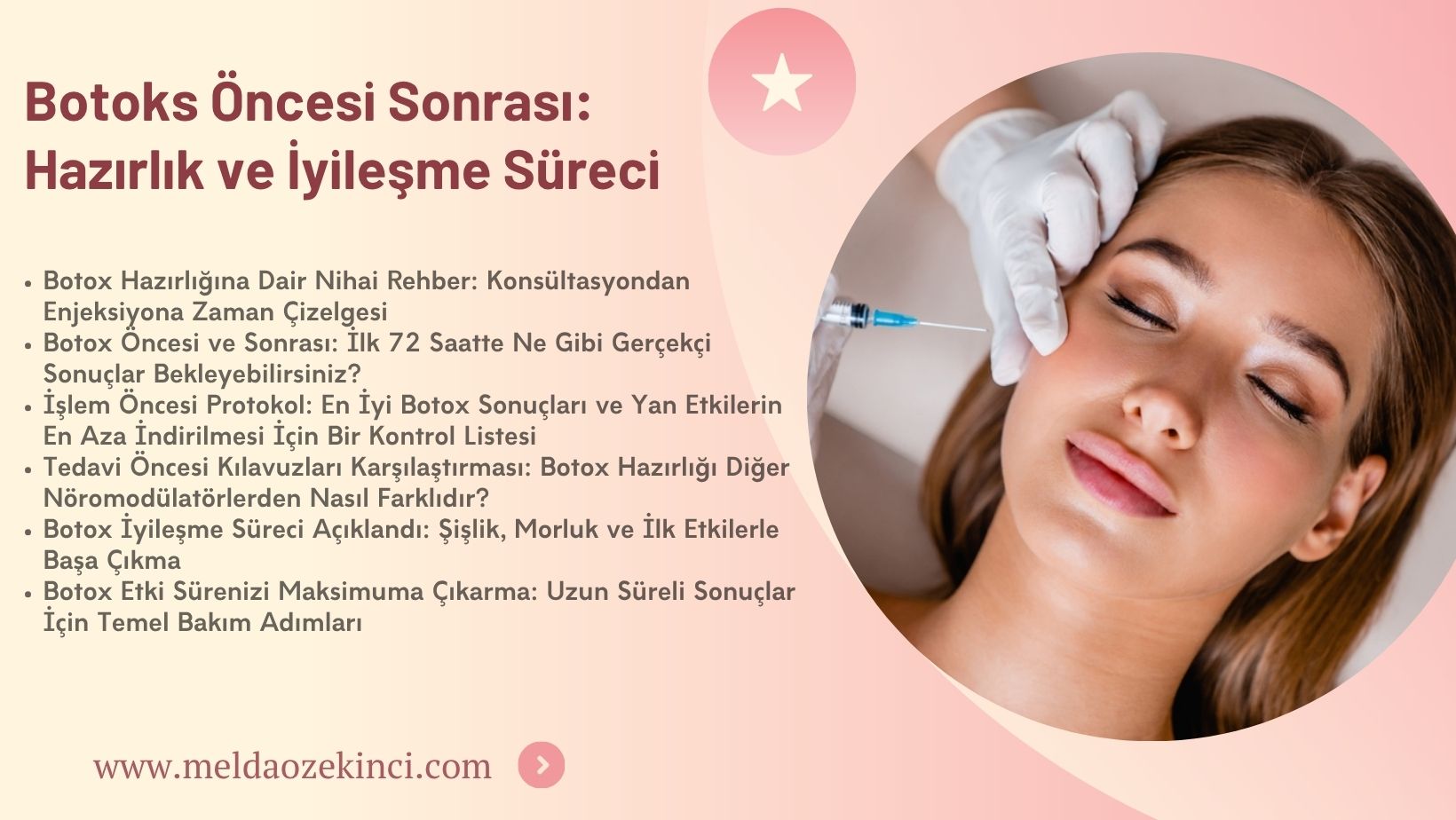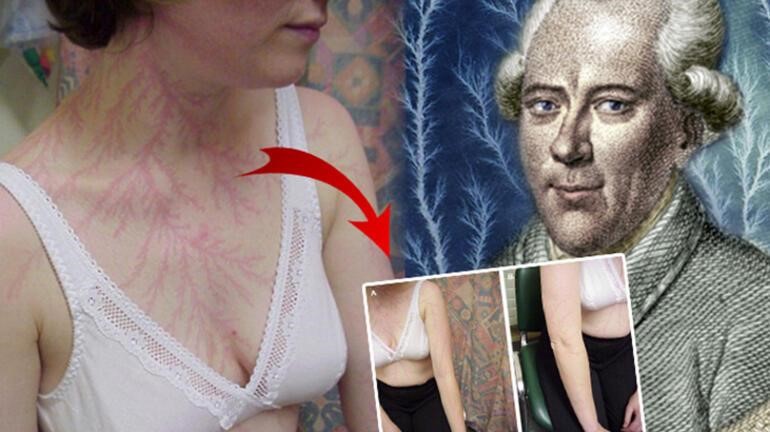Table of Contents
- What is the Most Effective Method for Laser Tattoo Removal in 2025?
- How Many Sessions Are Needed?
- Does Tattoo Removal Cause Pain, and Is Anesthesia Necessary?
- Do Tattoos Removed with Laser Completely Disappear?
- Can Colored Tattoos Be Removed with Laser?
- Does Laser Tattoo Removal Leave Scars on the Skin?
How is Laser Tattoo Removal Done in Antalya?
In Antalya, laser tattoo removal is an advanced technology applied to fade the color of a tattoo and eventually remove it completely without harming skin health. According to Dermatologist Melda Özekinci, the Q-Switched Nd:YAG laser device used in the procedure targets tattoo pigments, breaking them into small particles. These particles are naturally eliminated by the body.
Sessions are typically scheduled at intervals of 6-8 weeks, and the number of sessions required varies depending on the tattoo’s color, size, and depth. Black ink tattoos are generally the most responsive type. ci">Colored tattoos may require more sessions.
Before the procedure, a skin analysis is performed, and the patient’s medical history is evaluated. During the procedure, a slight burning or stinging sensation may occur, but this is minimized with local cooling systems.
After the laser tattoo removal procedure, protecting the skin from sun exposure and using recommended skincare products is crucial for healing. In Antalya, expert Dermatologist Melda Özekinci aims to achieve safe and effective outcomes with personalized treatment plans.
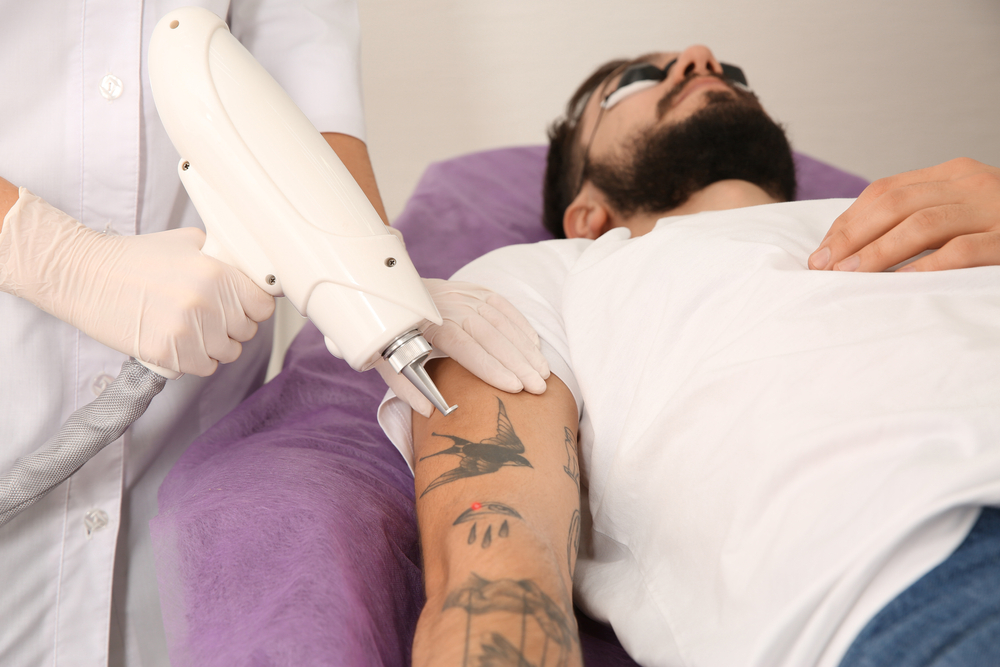
What is the Most Effective Method for Laser Tattoo Removal in 2025?
As of 2025, the most effective method for laser tattoo removal is the Q-Switched Nd:YAG laser technology. According to Dermatologist Melda Özekinci, this system achieves high success rates with both black and colored tattoos due to its different wavelengths. The laser light penetrates the skin, breaking tattoo pigments into microscopic particles, which are then naturally eliminated by the immune system.
Q-Switched technology
targets only the pigment without damaging the tissue, ensuring a safe and scar-free removal process. Additionally, next-generation cooling systemsdeveloped in 2025 reduce pain to a minimum during the procedure.
Factors affecting the success rate of laser tattoo removal include the tattoo’s color, depth, ink quality, and the individual’s skin type. Personalized planning is therefore essential. Dermatologist Melda Özekinci creates tailored treatment protocols for each individual patient using advanced laser devices and a professional approach, ensuring a safe and efficient process.
How Many Sessions Are Needed?
Laser Tattoo Removal process varies depending on the individual and its characteristics. According to Dermatologist Melda Özekinci, complete removal of an average tattoo typically takes between 4 to 10 sessions. This duration depends on factors such as the tattoo’s size, color, depth, color, location on the body, and the ink’s quality.
Black ink tattoos absorb laser light better and are generally removed in fewer sessions. Colored tattoos, especially shades like blue, green, and yellow, may require more sessions. Similarly, amateur tattoos are often easier to remove than professional ones since the ink is typically applied more superficially.
Sessions are generally spaced 6-8 weeks apart to allow the skin to heal, which is essential for maintaining skin health and enhancing effectiveness. Dermatologist Melda Özekinci optimizes the number of sessions for each patient with personalized planning and manages the process professionally. With patience and proper adherence to the process, successful results can be achieved.
Does Tattoo Removal Cause Pain, and Is Anesthesia Necessary?
The pain experienced during tattoo removal varies from person to person but is generally comparable to the discomfort felt during tattoo application. According to Dermatologist Melda Özekinci, patients typically describe a mild stinging, burning sensation, or burning sensation, or a feeling similar to a rubber band snapping against the skin during laser tattoo removal.
To enhance comfort, local cooling devices or anesthetic creams are often used. These significantly reduce discomfort, making the procedure more tolerable. For sensitive areas or large tattoos, topical anesthetic creams are applied approximately 30 minutes before the procedure to take effect.
Advanced devices like the Q-Switched Nd:YAG laser are designed to minimize pain levels. Dermatologist Melda Özekinci takes into account patients’ pain thresholds and implements all necessary precautions before the procedure. This ensures the tattoo removal process is both safe and comfortable. A personalized approach enhances treatment success.
Do Tattoos Removed with Laser Completely Disappear?
Laser tattoo removal breaks down tattoo pigments, allowing the body’s immune system to eliminate them. According to Dermatologist Melda Özekinci, depending on the tattoo’s color, depth, ink quality, and skin type, tattoos can be completely removed. Success rates are particularly high with black and dark-colored tattoos.
However, in some cases, particularly with colored tattoos or amateur tattoos, slight shadowing may remain on the skin. Colors like yellow, green, and blue absorb laser light less effectively, requiring more sessions for complete removal. Nevertheless, advanced Q-Switched Nd:YAG laser technology can achieve effective results even with these colors.
Adhering to proper session intervals, following skincare recommendations, and maintaining patience during treatment increase the likelihood of complete tattoo removal. Dermatologist Melda Özekinci conducts personalized assessments to ensure the most effective results throughout the removal process. With the right device and professional application, most tattoos can be removed without leaving a trace.Take a look at treatments for sun spot removal to even out skin tone after laser procedures.
Can Colored Tattoos Be Removed with Laser?
Colored tattoos can be removed with laser but require more sessions compared to black tattoos. According to Dermatologist Melda Özekinci, colored pigments require different wavelengths of laser energy, necessitating careful planning of the procedure. Shades like blue, green, and yellow absorb laser light less efficiently, so their removal may take longer.
In such cases, advanced laser systems like Q-Switched Nd:YAG come into play. These devices, with their variable wavelengths, can target each color pigment individually, effectively breaking down the ink particles under the skin. The body then naturally eliminates these pigments.
The number of sessions depends on the tattoo’s color, size, depth, and ink density. On average, colored tattoos may require 6 to 12 sessions. Dermatologist Melda Özekinci evaluates the skin type and tattoo characteristics to create a personalized treatment plan. With a professional approach and the right laser technology, successful results can be achieved with colored tattoos as well.
Does Laser Tattoo Removal Leave Scars on the Skin?
When performed with the right devices and by skilled professionals, laser tattoo removal has a very low risk of scarring. According to Dermatologist Melda Özekinci, modern Q-Switched Nd:YAG laser systems target only tattoo pigments, leaving surrounding tissues unharmed. This preserves the skin’s structure and minimizes the chance of permanent scarring.
However, in some cases, inappropriate laser use, neglecting post-treatment care, or pre-existing skin sensitivities may increase the risk of scarring. Additionally, tattoos with deep or highly concentrated pigments may result in slight discoloration or shadowing on the skin.
Protecting the skin from sun exposure, regularly using recommended creams, and adhering to session intervals accelerate healing. Dermatologist Melda Özekinci conducts a skin analysis before each procedure, applies personalized planning, and closely monitors the patient during the post-treatment process. With proper application and conscientious care, tattoo removal without scarring is possible.
 English
English 




